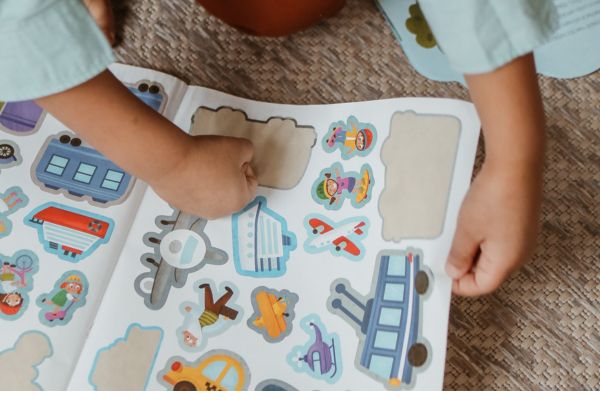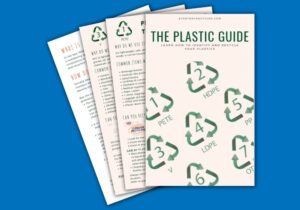Since many countries have banned the plastic bag, there have been significant improvements in the availability of recycling for plastic bags. Did you know you can do more than recycle plastic bags at these facilities?
These facilities will take most of your soft plastics too. In addition to plastic bags, the term soft plastics generally refers to the soft plastic wrap or film covering the food items that we buy. Examples include bread bags, cereal box liners, chocolate wrappers, and biscuit packets. Soft plastics also include wrapping from other things such as toilet paper and tissues, bubble wrap, or Ziploc bags.
How do you know if it’s soft plastic? The best way to figure this out is the scrunch test. If you can scrunch the item into a ball, it can be recycled with soft plastics.
Already know what soft plastics are then GOTO Plastic Bag Recycling Near Me to find your nearest location.

What are Soft Plastics or Plastic Films Made of?
Soft plastic packaging can be made out of a number of materials. They can be made entirely out of one kind of plastic, or they can be layered with different kinds of plastic and other materials like aluminum or cardboard.
Soft plastics are commonly made from the following types of plastic:
- APCO (Australian Packaging Covenant Organisation) (2019). Soft Plastic Packaging Working Group 2018.
- Environment Protection Authority (2016). Plastic shopping bags Options Paper. Practical actions for plastic shopping bags.
- The Chemical Engineer, New technique for recycling multi-layer packaging (2018),
- The Guardian (2014), Good product, bad package: top sustainable packaging mistakes
- This is plastic, Things you might not know about landfills.
1. Reduce how much you rely on plastic bags and soft plastic packaging
2. Do not put plastic bags and soft plastics in your curbside recycling bin
3. Do the scrunch test and if it can be scrunched in a ball, it’s a soft plastic
4. Collect your soft plastics and take them to your local drop off location (see links)
5. If you’re looking to renovate or need a new fence check out recycled plastic products
Sources
- APCO (Australian Packaging Covenant Organisation) (2019). Soft Plastic Packaging Working Group 2018.
- Environment Protection Authority (2016). Plastic shopping bags Options Paper. Practical actions for plastic shopping bags.
- The Chemical Engineer, New technique for recycling multi-layer packaging (2018),
- The Guardian (2014), Good product, bad package: top sustainable packaging mistakes
- This is plastic, Things you might not know about landfills.














